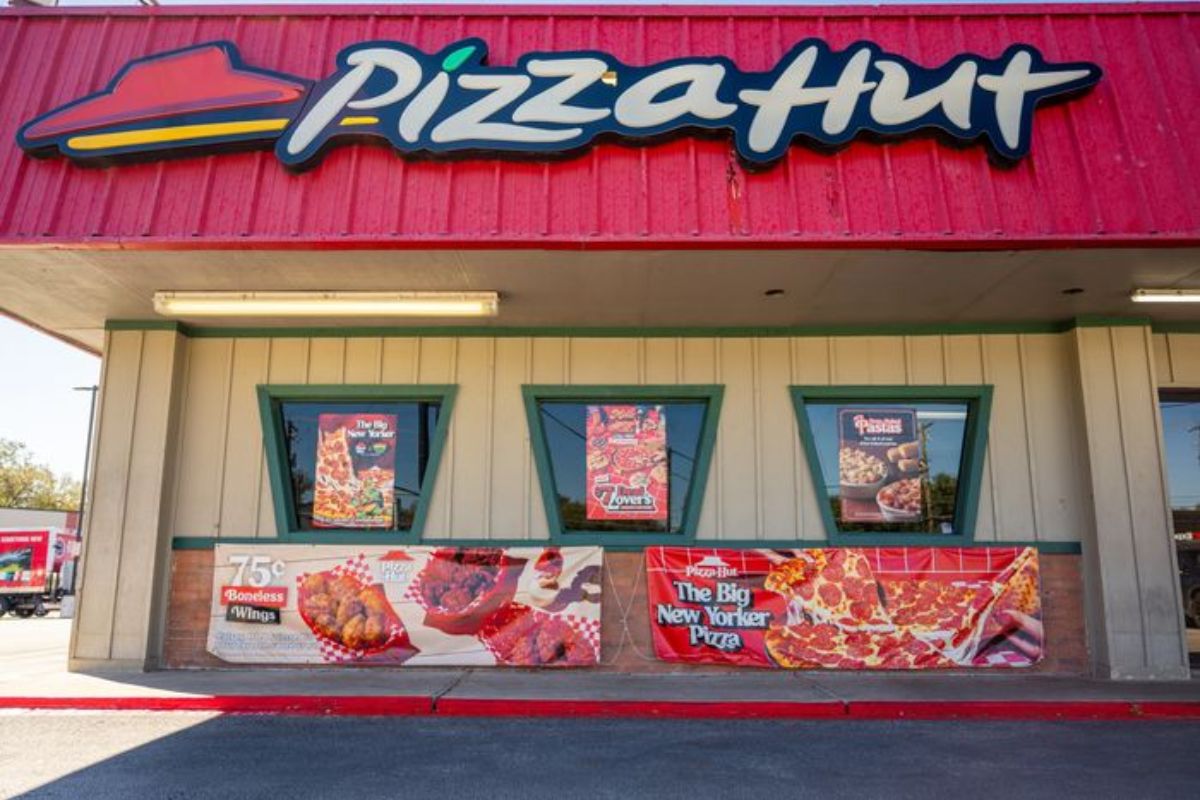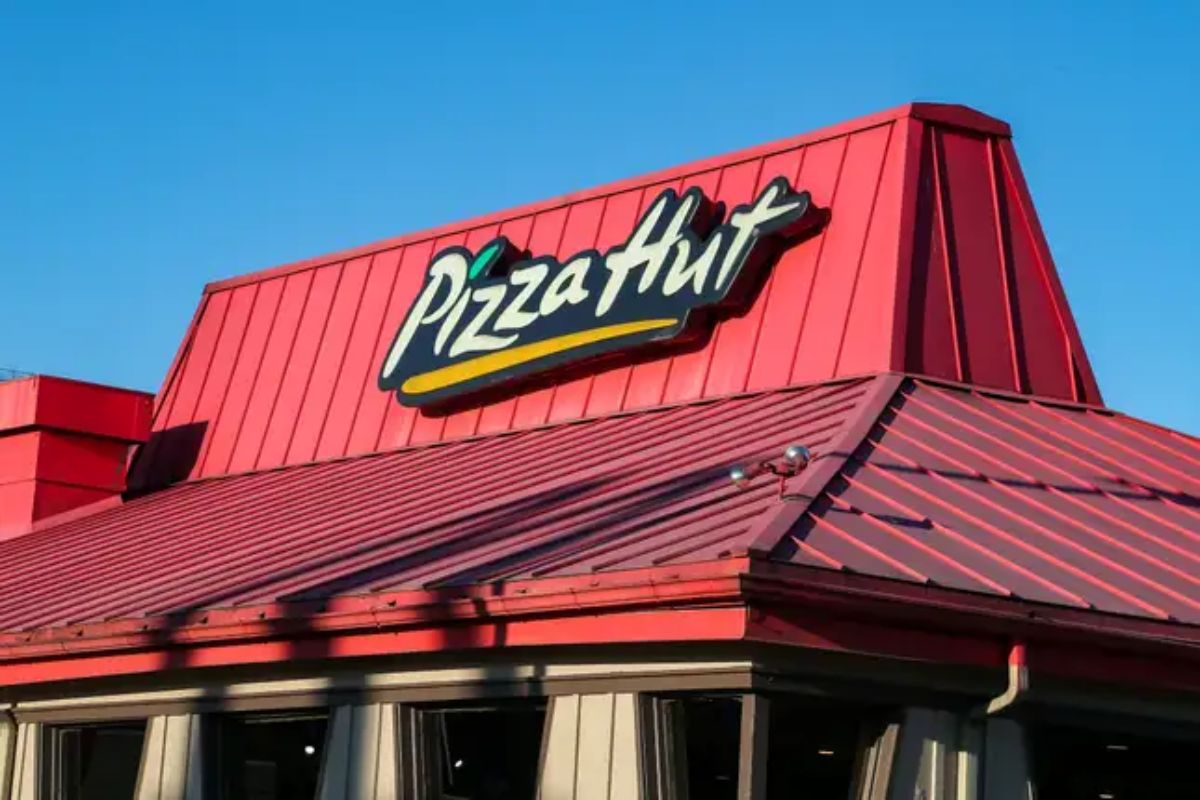California Fast Food Crunch: Fast food chains are reducing staff in response to California’s upcoming $20 minimum wage. This move aims to balance higher labor costs with profitability amidst increased operational expenses. Chains are considering automated solutions in food prep and customer service. Some are exploring relocation to states with lower wages. Exemptions, like those for Panera Bread, highlight concerns about fairness. Varied reactions to the wage hike range from operational cost worries to potential for innovation. The implications of these adjustments may prove critical in shaping effective wage policies.
Impact of Minimum Wage Increase on Fast Food Restaurants
The imminent rise in California’s minimum wage to $20 per hour is prompting fast food chains to proactively strategize ways to navigate the impending financial implications. With this significant increase on the horizon, fast food restaurants are facing the challenge of balancing increased labor costs with maintaining profitability.
One of the primary impacts of the minimum wage hike on fast food chains is the potential for higher operational expenses. Wages typically account for a significant portion of a restaurant’s costs, and a substantial increase in minimum wage can put pressure on profit margins. To offset these rising costs, fast food chains may need to contemplate adjusting their pricing strategies. This could involve passing some of the increased labor expenses onto customers through higher menu prices.
Another consideration for fast food chains is the potential for staff reductions. In an effort to control costs in the face of higher minimum wages, some restaurants may opt to decrease their workforce. This could manifest in various ways, such as cutting back on employee hours, implementing more automation, or even reducing the overall number of employees.
Anticipated Effects on Restaurant Operations
Amidst the impending minimum wage increase in California, fast food chains are strategizing operational adjustments to mitigate the financial impact on their businesses. Restaurant owners and executives are anticipating significant shifts in their operations in preparation for the wage hike. Strategies being considered include reducing staff numbers, raising prices, and exploring relocation options to other states to adapt to the new wage requirements.
One of the primary anticipated effects on restaurant operations is a reduction in staff numbers. With labor costs expected to rise, companies are looking to streamline their workforce to maintain profitability. This could lead to a heavier reliance on technology and automation to handle tasks that were previously done by human employees.
Moreover, the potential increase in prices is another aspect that could affect restaurant operations. As businesses seek to offset the higher wages, consumers may face higher menu prices. This shift in pricing strategy could impact customer demand and loyalty, requiring restaurants to carefully assess the balance between revenue generation and customer satisfaction.
Another consideration is the exploration of relocation options to states with lower minimum wage requirements. Some fast-food chains may contemplate moving their operations to neighboring states to minimize the impact of the wage hike on their bottom line. However, such a decision involves logistical challenges and potential disruptions to existing operations.
Automation and Technological Solutions
Increasingly, fast food chains in California are turning to automation and technological solutions to adapt to rising labor costs. Reports suggest that these chains are exploring automation in various aspects of their operations, such as food preparation and customer service, aiming to mitigate the impact of the upcoming minimum wage hike. By implementing automation, fast food chains can enhance efficiency, reduce labor costs, and potentially improve overall customer experience. Below is a table highlighting the key areas where automation and technological solutions are being integrated:
| Aspect of Operations | Automation Technology Being Tested | Expected Benefits |
|---|---|---|
| Food Preparation | Automated cooking appliances | Faster service, consistent quality |
| Order Taking | Self-service kiosks | Reduced wait times, order accuracy |
| Inventory Management | RFID tracking systems | Real-time monitoring, waste reduction |
| Customer Interaction | AI-powered chatbots | Improved communication, 24/7 support |
Through the adoption of automation and technology, fast food chains aim to optimize their workflows, minimize reliance on human labor, and maintain profitability in the face of increasing labor costs. These advancements not only have the potential to reshape the fast food industry in California but also pave the way for future innovations in the broader food service sector.
Exemptions and Special Considerations
Restaurants like Panera Bread may benefit from exemptions outlined in the minimum wage law, particularly in cases where they operate bakeries producing bread as a stand-alone item on the premises. This exemption allows certain establishments to avoid paying the increased minimum wage, raising concerns about fairness and potential competitive advantages.
When considering exemptions and special considerations in the context of minimum wage hikes, several key points emerge:
- Industry Disparities: The exemptions highlight existing disparages within the restaurant industry, where businesses with specific operations, such as bakeries, may be treated differently under the law. This raises questions about the uniformity of wage regulations across different types of food establishments.
- Business Viability: Exemptions can impact the overall viability of businesses. Those eligible for exemptions may experience lower labor costs, potentially leading to increased competitiveness compared to non-exempt establishments. This dynamic could influence market dynamics and business strategies.
- Policy Implications: The presence of exemptions underscores the complexities of wage policies. Policymakers must navigate between supporting businesses, especially in niche sectors like bakery production, and ensuring fair wages for all workers. Balancing these considerations is essential for the effective implementation of wage laws.
Responses and Reactions
In light of the recent minimum wage hike in California, businesses and stakeholders are offering diverse responses and reactions to the potential implications of the increase. Some business owners are expressing concerns about the impact of the wage hike on their operational costs and the possibility of having to raise consumer prices. This group is wary of how the increase could affect their competitiveness in the market and their bottom line.
On the other hand, there are stakeholders who view the wage hike as an opportunity to innovate and adapt to the changing market dynamics. They see it as a chance to explore new solutions that could potentially enhance efficiency and productivity.
The ongoing debate surrounding exemptions and special considerations in the context of the minimum wage hike has sparked discussions about fairness and equity in wage policies. While some argue for tailored exemptions to mitigate the potential negative consequences on certain industries or small businesses, others advocate for a more uniform approach to make certain that all workers receive a fair wage.
This diversity of responses and reactions reflects the complexity of the issue and underscores the importance of taking into account various perspectives in shaping effective wage policies in California.
ALSO READ: California Sports Betting Ban Exposed: Ohtani Interpreter Fired
News in Breif
California’s impending minimum wage increase to $20 per hour is prompting fast food chains to rethink their operations. To manage higher labor costs, chains are considering staff reductions and automation. Some plan to hike prices or relocate to states with lower wages. Exemptions, like those for Panera Bread, raise concerns about fairness. The responses range from operational cost worries to potential innovation opportunities. The adjustments made by fast food chains will be critical in navigating the effects of the wage hike.



